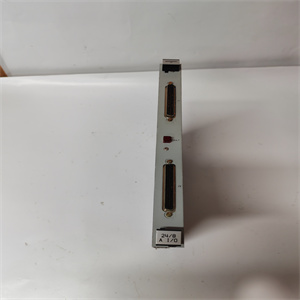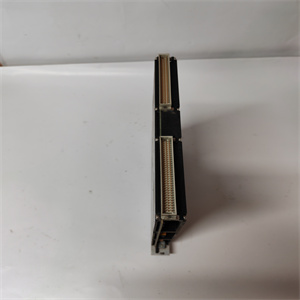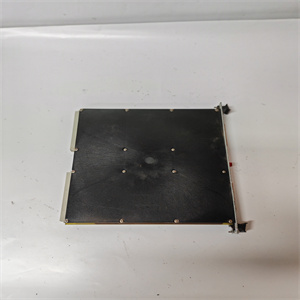
5466-425 woodward
Product Parameters, Specifications, Dimensions, Weight, Series, Features, and Functions of Woodward 5466-425
Woodward 5466-425
- Product Parameters:
- Detailed technical specifications outlining the performance characteristics, capabilities, and compatibility requirements of the Woodward 5466-425.
- Specifications:
- The Woodward 5466-425 is a simulation input/output module designed for applications such as engine synchronization and droop load sharing in generator sets1.
- It supports various input signals including ±3 Vdc speed setting input, 0.5 to 4.5 Vdc input, or PWM (Pulse Width Modulation) input1.
- The module can convert these input signals into control signals for generator output1.
- Dimensions:
- The dimensions of the Woodward 5466-425 are 222 mm x 102 mm x 44 mm1.
- Weight:
- The weight of the Woodward 5466-425 is 0.95 kg1.
- Series:
- The Woodward 5466-425 belongs to a series of simulation input/output modules designed by Woodward for use in industrial control systems.
- Features:
- Multiple Input Signal Support: Accepts various input signals for flexibility and compatibility1.
- Synchronization and Droop Load Sharing: Enables engine synchronization and load sharing in generator sets1.
- Wide Power Range: Supports both DC (18 – 32 Vdc) and AC (95-130 or 190-260 Vac) power inputs1.
- High Isolation Voltage: Provides high isolation voltage for safe and reliable operation2.
- Compact Design: Small footprint for easy integration into existing systems1.
- Wide Operating Temperature Range: Suitable for operation in temperatures ranging from -40°C to +70°C1.
- Functions:
- The primary function of the Woodward 5466-425 is to convert input signals into control signals for generator output, enabling precise control of generator sets in industrial, marine, and power generation applications1.
- It is used to synchronize engines and share loads between engines, ensuring efficient and reliable operation of generator sets1.
Please note that the information provided is based on the latest available data as of the search date. For the most accurate and up-to-date information, it’s recommended to consult the product’s official documentation, technical specifications sheet, or contact the manufacturer directly.

5466-425 woodward

5466-425 woodward
 WhatsApp:+86 18005022363 WeChat: +86 18005022363 /+86 18150887953
WhatsApp:+86 18005022363 WeChat: +86 18005022363 /+86 18150887953  Email:
Email:





